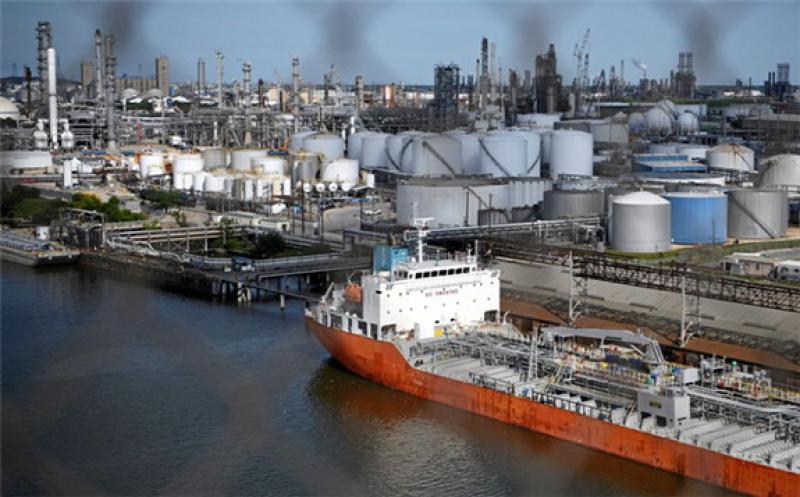President Joe Biden's administration intends to set a high bar for the carbon-intensity of hydrogen produced from natural gas, as it decides how to spends billions of dollars the US Congress has appropriated with the goal of making "clean" hydrogen a reality.

The US Energy Department is tasked with spending $1.9bn/yr over the next five fiscal years to kick-start a "clean hydrogen economy" under the bipartisan infrastructure law that Biden signed last month. Biden administration officials say funding needs to align with a congressional goal to significantly reduce the carbon emissions of hydrogen, compared to the conventional method of producing hydrogen through steam methane reforming.
US energy secretary Jennifer Granholm told industry officials today that controlling methane leaks across the supply chain was a key part of qualifying as clean hydrogen. She cited an academic study released this summer that found "blue hydrogen," which pairs carbon capture with steam methane reforming, would result in greater carbon emissions than just burning natural gas, since producing steam requires large amounts of natural gas.
"I want to be able to prove them wrong, that we can button it up, and that we can do hydrogen that has natural gas as a feed, but we are going to do in a way that is zero carbon emissions," Granholm said today to oil and gas executives on the National Petroleum Council, which is tasked with offering advice to the energy secretary.
The National Petroleum Council, at Granholm's request, today agreed to prepare a study focusing on ways to scale up the production of low- and zero-carbon hydrogen, while also reducing barriers to transportation, storage, liquefaction and end use. Chevron chief executive Mike Wirth will serve as chair for preparing the study.
US oil and gas companies that see hydrogen as a pathway to reaching carbon goals are trying to ensure that a share of the $9.5bn in hydrogen funds in the infrastructure law remains open to the sector. American Air Liquide chief executive Michael Graff asked Granholm how to ensure spending is "inclusive of all hydrogen production pathways." Wirth asked about how to use industry experience with large projects and methane reforming, as the Energy Department works to spend $1.6bn/yr over the next five years on regional clean hydrogen hubs.
Granholm said the administration will consider issues like job creation, potential effects on disadvantaged communities and other issues when it decides where to site at least four regional hydrogen hubs, which by statute will need to use a variety of feedstocks including natural gas. But she also reiterated the need for hydrogen to be low in emissions, no matter the feedstock.
"When we say clean, we are talking about zero carbon," Granholm said. That means if it is natural gas, if it is steam methane reforming, we have to make sure that both CO2 is captured, as well as methane leaks are addressed."
Environmentalists and some Democratic lawmakers that while there is promise in using renewable energy and electrolysis to produce "green hydrogen," along with other zero-carbon sources of hydrogen, they want to avoid a rush into building out infrastructure that would increase reliance on fossil fuels.
"They give it a fancy name, they call it blue hydrogen, that sounds wonderful — it is fossil hydrogen," US senator Jeff Merkley (D-Oregon) said at an event today held by the Center for American Progress. "If we invest in fossil hydrogen, that is another new branch of the fossil fuel investment tree that digs the hole deeper."
The Energy Department is required by the infrastructure law to prepare for Congress a "clean hydrogen strategy and roadmap" by 14 May. Granholm said the agency will soon request public input on developing that strategy and roadmap.